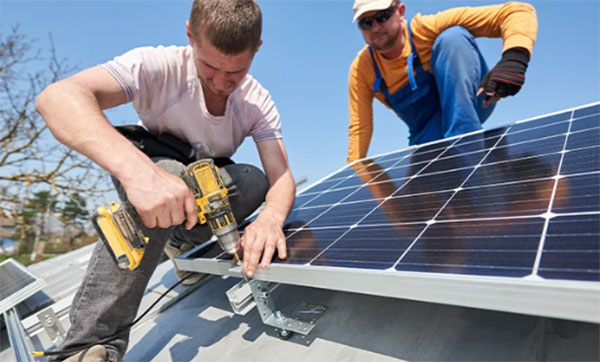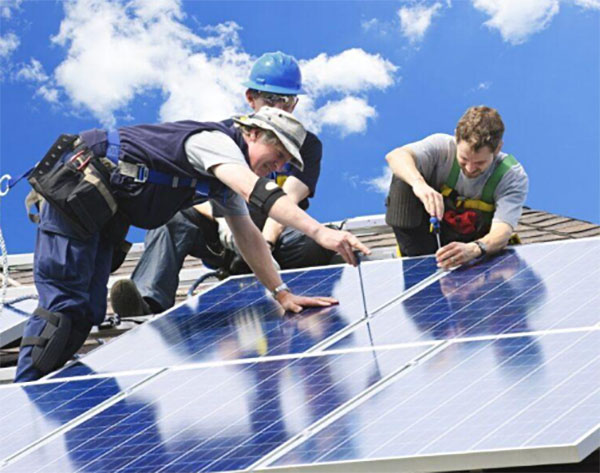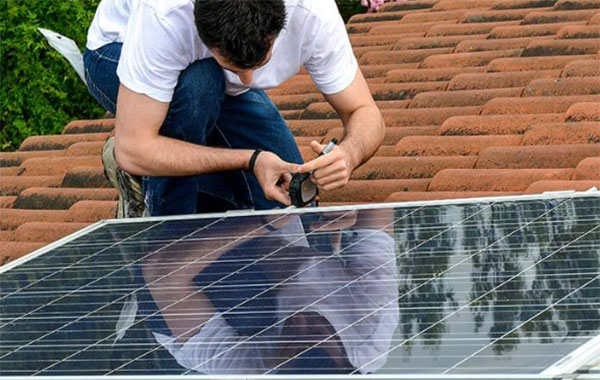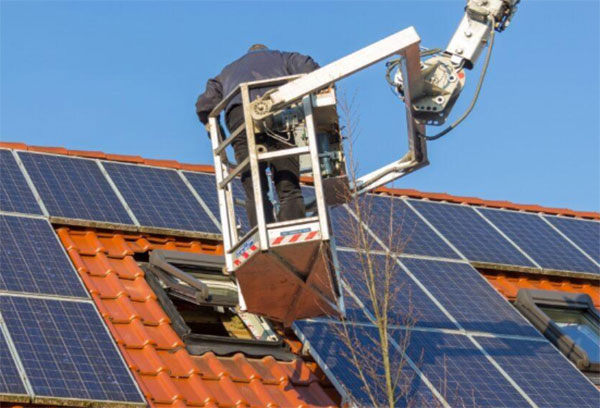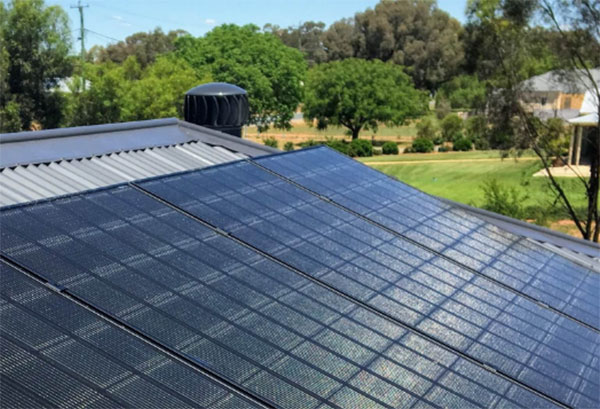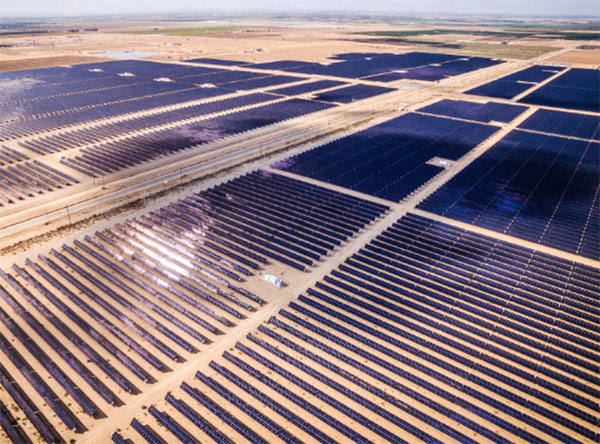Description
Yes, solar panels can be removed and reinstalled; typically, this process costs between $1,500 to $6,000 depending on system size.Roof replacement and other repairs
One of the key reasons why solar panels have to be removed is because the roof where they are mounted needs to be repaired or replaced. This might be due to leaks or a weakening structure, and, most importantly, due to the necessity to replace an old roof at the end of its service life. Roof lifetime typically accounts for 20-30 years for asphalt shingles.
The costs of solar panel removal and reinstallation to comply with roof work costs $1,500 – $6,000 depending on the solar array’s size and complexity. Moreover, this period of time could be an occasion to consider replacing the old energy system with a new one, as new solar panels offer increased power output per panel, ranging from 250 to 400 watts.
Key consideration: the roof’s lifetime should match or exceed solar panels’ service life to avoid frequent removals.
System maintenance and new model upgrades
Given that solar technology is rapidly developing, there might be better models available on the market. Upgrading the old equipment to match the new efficiency might increase the power cells’ generating capacity by 10-20%, depending on the new model you would consider.
Furthermore, maintenance issues like the depreciation of the power output might also require panel removal. Degradation typically occurs at the rate of 0.5% to 1% each year. Finally, the power inverter might fail.
Key consideration: have the cost-benefit ratio of acquiring more efficient solar cells in mind when planning an upgrade: the electricity production they offer will exceed lifetime power output for the old panels, but will they cover the costs of their acquisition and installation?
Relocation and out-of-service disposal
When a family or company decides to move to another place, the solar panels obviously should be removed before. The owner, however, should consider whether the costs of removal, transportation, and reinstallation are worth preserving the energy system.
As these costs are difficult to estimate in advance due to transportation distance and the solar array’s size, the minimum removal costs start from $2,000. Besides, part of the system might be obsolete, and in this case, solar panels should be recycled, though this is a comparatively expensive procedure, as it costs $20 – $30 per single panel.
Key consideration: the rapid development of solar technologies and access to a new array, other than the prohibitive removal costs, should be juxtaposed with the potential savings associated with moving the energy source.
Step-by-Step Removal and Reinstallation Process
The process of removing and reinstalling solar panels is complex, and it requires detailed planning and execution to preserve system integrity and performance. The guide delineates the critical steps and considerations involved in the process.
Preliminary Site Assessment
Site assessment is crucial before starting removal. It helps estimate the existing system’s efficiency . Typically, the efficiency of residential solar systems ranges from 15% to 22% . Also, it helps assess the condition of mounting hardware and electrical connections. The information obtained can aid in the preliminary estimation of the project’s size and cost. The price can vary significantly depending on the size and complexity of the current system but typically starts around $500 for the assessment.
Key Consideration: The assessment allows identifying potential complexity and equipment needed for removal. Some parts of systems can be difficult to disassemble, particularly for complex roof types or hard-to-reach areas.
Panel and Mounting Hardware Removal
One must use special care during the actual removal of panels and mounting hardware to avoid damaging them. Similarly, disconnection of electrical systems should only be performed by the certified electrician. The cost of removal can vary from $1,500 to $5,000 on average, depending on the size and complexity experienced during installation.
Key Consideration: It is critical to use care to avoid damage to the panels or the roof, as damage repair can require more expense compared to the removal.
System Reinstallation
The installation of solar panels should start after completion of all roof repairs or upgrades. Special attention should be paid to the state of electrical systems – if needed, they might need to be replaced or upgraded to support new or additional solar panels. Then, one should reinstall the mounting hardware and the panels themselves and test the whole system to ensure correct operation. Reinstallation costs, on average, mirror the removal costs but can be higher if any upgrades or modifications are completed.
Solar Panel R&R: The Financial Game
Whether you are a homeowner or a business owner, understanding the financial aspects of solar panel removal and reinstallation is a crucial consideration. Financially speaking, solar R&R covers the spectrum of costs, from the initial charges to long-term savings and the nitty-gritty of investment returns.
Cost Estimation Factors
There are a number of key determining factors for the cost of solar panel R&R. Firstly, the bigger the system is, the larger the cost. However, this does not mean that a larger solar array will cost the same to remove and reinstall, as a variety of electrical system complexities and installation site hitches come into play.
The cost for removing and reinstating a residential average solar panel system will range from $1,500 to $6,000, and this has to do with both the accessible size of the ‘typical’ residential installation and the wide array of all possible scenarios across the U.S.”. A very high-end cost can be associated with a very large solar array, while a cheap solar array would affect the price rather than the smallness thereof. The condition and type of the roof, as well as the need for additional electrical work or other types of system upgrades, also come into play.
The best advice in this regard would be to consult multiple different sources and be at least moderately knowledgeable about the specifics of the panels installed. The standard residential solar array will seldom exceed a few kilowatts, and a commercial one will typically start from several hundred kilowatts to megawatts.
Key consideration: Consult several different sources and understand the specifics of the panel efficiency, type of mounting hardware, and potential upgrades considerations.
Potential Long-Term Savings
It is also worth to note that while there are short-term costs associated with solar panel R&R, there are significant long-term savings.
Apart from the ever-present reduction in electricity bills, the newer, upgraded solar panels will be more efficient. A 10 to 20% increase in the amount of electrical output should be expected. It should also be said that a properly maintained solar system will never be replaced and 25-30 years is the realistic minimum of its operation.
When should one expect a return on investment? Given the specifics of system size, cost, and local electricity prices, 5 to 15 years should be an expected difference.
Key consideration: Take immediate financial responsibilities and the reality of the length of the return on investment, even if not initially planned. A system could require new electrical systems and/or functional roof structural reinforcements.
Advisor before Removing the Panels
Before even thinking of removing solar panels, whether due to roof repairs, upgrading the system, or relocating, it is essential to address several critical considerations. The proper concern is necessary for the safe, efficient, and cost-effective removal of the panels.
Storage and Security of the Panels
The first issue is the secure storage of solar panels. It is important due to the risk of damaging or losing the panels during the removal. The panels must be stored in a dry and safe location from harm. An average solar panel weighs approximately 40 pounds and has the dimensions of 5.4 feet by 3.25 feet for a standard 300-watt panel. It takes up a substantial amount of space . Also, it is possible to examine the overall cost of a rented facility, which might vary depending on the size and period of use, although the average might be between $50 and $200.
Key Concern: make sure that panels are stored without stacking or leaning, which would damage the surface and reduce the efficiency of the solar panels.
Communication with Roofing Professionals
It is essential to contact the contractors with whom the solar panels would be removed to set up an appointment for the work. It is a crucial consideration to ensure that the process is conducted in coordination with the repair and the roof installation process and agreed upon by all parties. Failing to do so might be highly damaging to both the roofing and solar panel structures and incur additional costs for delays.
Key Concern: set up a clear schedule and tasks with the roofing team to have a seamless removal and reinstallation process and minimize the downtime of the solar energy system.
Potential Damage and Repair Costs
Understanding the potential problems and damage of the solar panel removal process is critical. Although most firms take all necessary precautions, it is possible for the solar panels, the roofing structure, or the electric installations to get damaged. The repair costs for the solar panels might vary significantly, ranging from $100 to $200 for a single panel for minor repairs to $300 to $500 for significant damages requiring replacement. At the same time, the safeguarding against roof damage is critical since any leakages or structural weakening would require additional repairs in the future.

